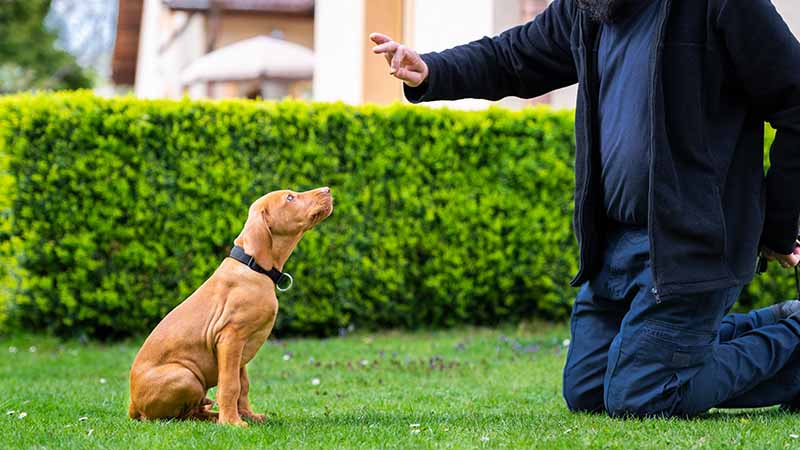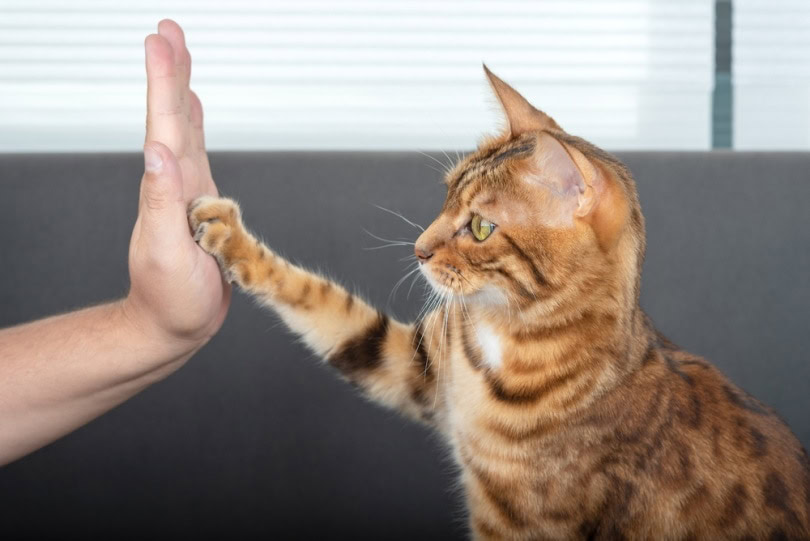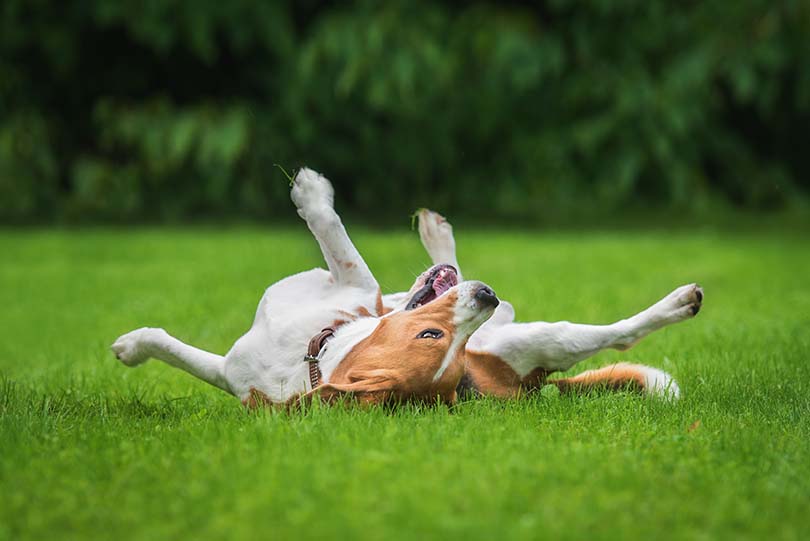VET APPROVED

The information is current and up-to-date in accordance with the latest veterinarian research.
Learn more »Teaching your dog to sit is one of the first things that many people try to teach their dog following potty training. However, there is a lot of conflicting advice about the best way to accomplish this goal. If you are new to dog training, keep reading while we provide you with two different methods and some great tips for teaching your dog how to sit. We’ll learn how to capture the behavior while you keep your dog’s attention, how to get the most out of your training session, and how to have your dog follow commands as soon as possible.

The 8 Tips to Teach Your Dog to Sit
Training your dog to sit is a beginner-level trick that’s perfect for new dog owners and puppies. Follow these next few tips to have your puppy sitting after a few sessions, and you can continue these methods to teach your dog other tricks.
1. Choose a Location
The first thing you will need to do when teaching your dog how to sit is to choose a comfortable location for you and the dog. It should be familiar yet large enough for the dog to move around. Most people choose the kitchen or living room. Make sure you keep the television off and minimize other distractions, including other family members walking around.
2. Consider Capturing The Behavior
Sit is one of those easy and natural behaviors that many dogs will offer without us needing to even ask for it. If this happens, the easiest way to train your dog to sit is simply by offering a treat every time you see them sitting, simply give them a yummy treat while saying the command “sit”. Dogs learn through consequences and associations, so once they realize that sitting earns them a tasty reward, they’ll start offering the behavior more frequently.
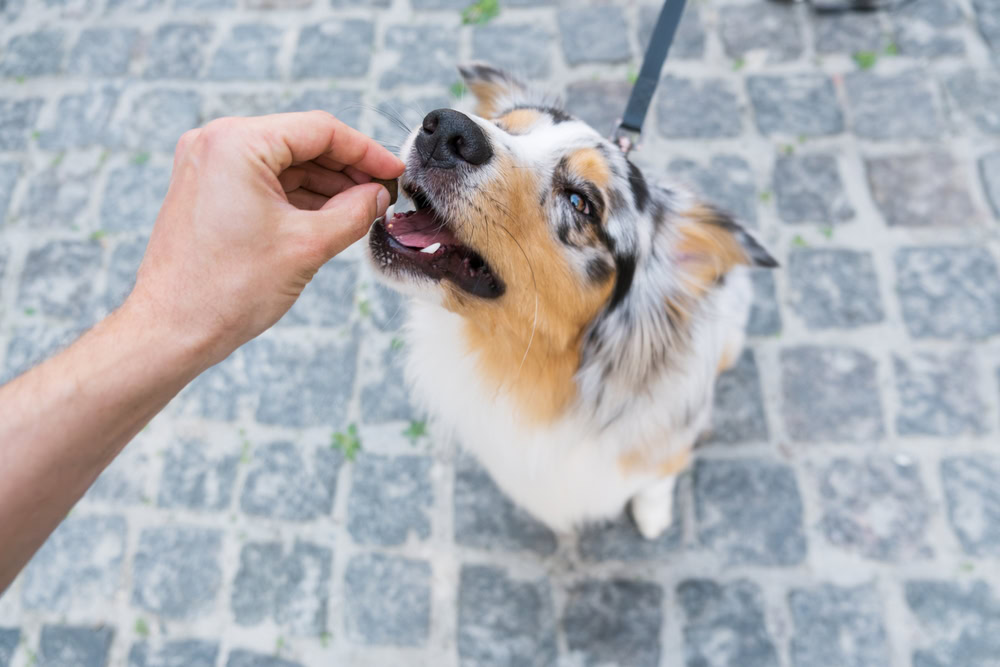
3. Reduce the Treat to Only When Requested
Once your dog gets the hang of this, expect them to sit as soon as you make eye contact with them. You can start only offering the treat when your dog sits after you ask them to do so. This way, you will put this behavior under a cue or under stimulus control. Your dog will learn to be attentive to you and to only offer the behavior when you ask. At this point, it is very important to only reinforce your dog with a treat if they sit after you ask and not when they sit by themselves.
4. Expect to Fail at First
We are not suggesting that you try to fail or that it is hopeless to try. We’re saying you should begin your session hoping for the best but understanding that it may take several attempts to get your pet to sit at all and several weeks for it to commit the trick to memory. You should come to every session with a positive attitude and leave it the same way. Many dog are extremely sensitive and will not want to continue with sessions if they feel like they are disappointing you. Keeping your expectations low will help you keep a positive attitude, and your dog will have fun and look forward to the next session—even if it hasn’t quite caught on yet.
If after many trials, you prefer to receive external professional advice, talk to a vet or a dog trainer.
5. The Guiding Method
There is more than one way to train most behaviors and a different way to teach your dog to sit is the guiding method. To train your dog this way, you will need to have your dog’s attention. The easiest way to get and keep your dog’s attention is to stand in front of your dog and hold a tasty treat that it loves, like cheese or a small piece of meat.
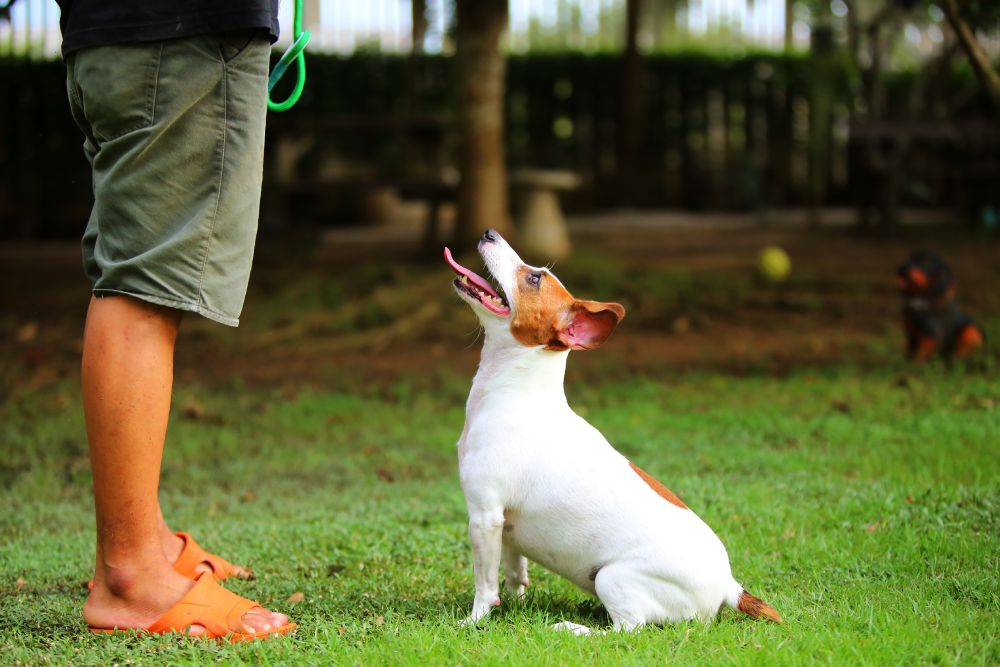
6. Say the Voice Command and Make the Hand Gesture
As the dog tries to get the treat out of your hand, say the command “sit” as you move your hand over your dog’s head toward the tail. If you are successful, your dog’s bottom will drop to the floor as it tries to follow your hand to get the treat.
7. Positive Reinforcement
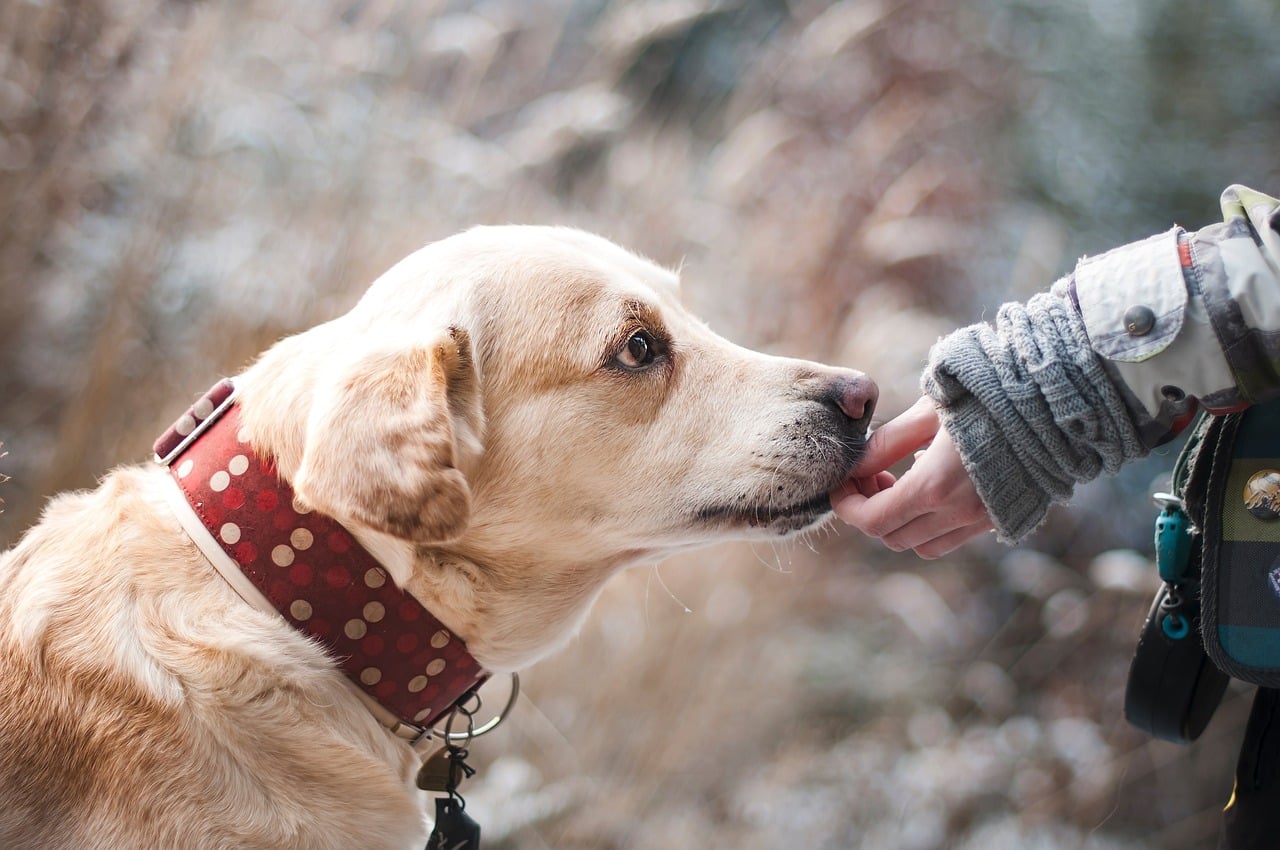
If your dog’s bottom drops to the floor as you move your hand over its head, repeating the command, say “good” and give it the treat and some pats on the head.
8. Repeat
No matter the outcome, repeat the steps a couple of times before calling it a day. As you and your dog have more training sessions, you should notice you are successful more often, and after a while, your dog will get it almost every time—even when you are not training. However, we recommend keeping the new command to the sessions until your dog masters them.

Caution
When teaching your dog a new trick, there will come a point when it gets it several times but is not yet a master. If your dog is getting too many treats, it can begin to gain weight. Obesity is the cause of several health problems, so you will need to reduce the number of treats you provide once your dog starts to catch on to what you are doing. Once a behavior is trained and established, it only needs sporadic reinforcement with a treat. Extra praise and petting can help keep them interested.

Other Dog Training Tips
- Many trainers like to use a clicker to help the dog understand what they want it to do. If you have one, you will click it when the dog’s bottom hits the floor, so the dog knows it did the right thing before giving it a treat.
- Many trainers like to split up the verbal command and the hand gesture into two distinct parts, so it’s easier for the dog to progress from one part to the next.
- When adding a new word or gesture to an old one, use the new word first.

Summary
When training your dog on how to sit, the tips and methods listed above should get you the desired results. If your dog struggles to learn, you might try splitting up the command and the gesture and using a clicker, but for such a basic and natural behavior we rarely need these devices as dogs will offer it naturally, and capturing it is pretty straightforward. Usually, if the dog is not learning, it’s due to too many distractions, lack of consistency causing confusion, or getting angry at the dog. Following the steps above can also help you teach your dog other tricks as well.
We hope you have enjoyed reading over this guide, and it has helped your pup learn some new tricks.
- You might want to check out: How to Train Your Dog with Love + Science Book Review: Canine Coaching Made Positively Simple
Featured Image Credit: ABO PHOTOGRAPHY, Shutterstock
